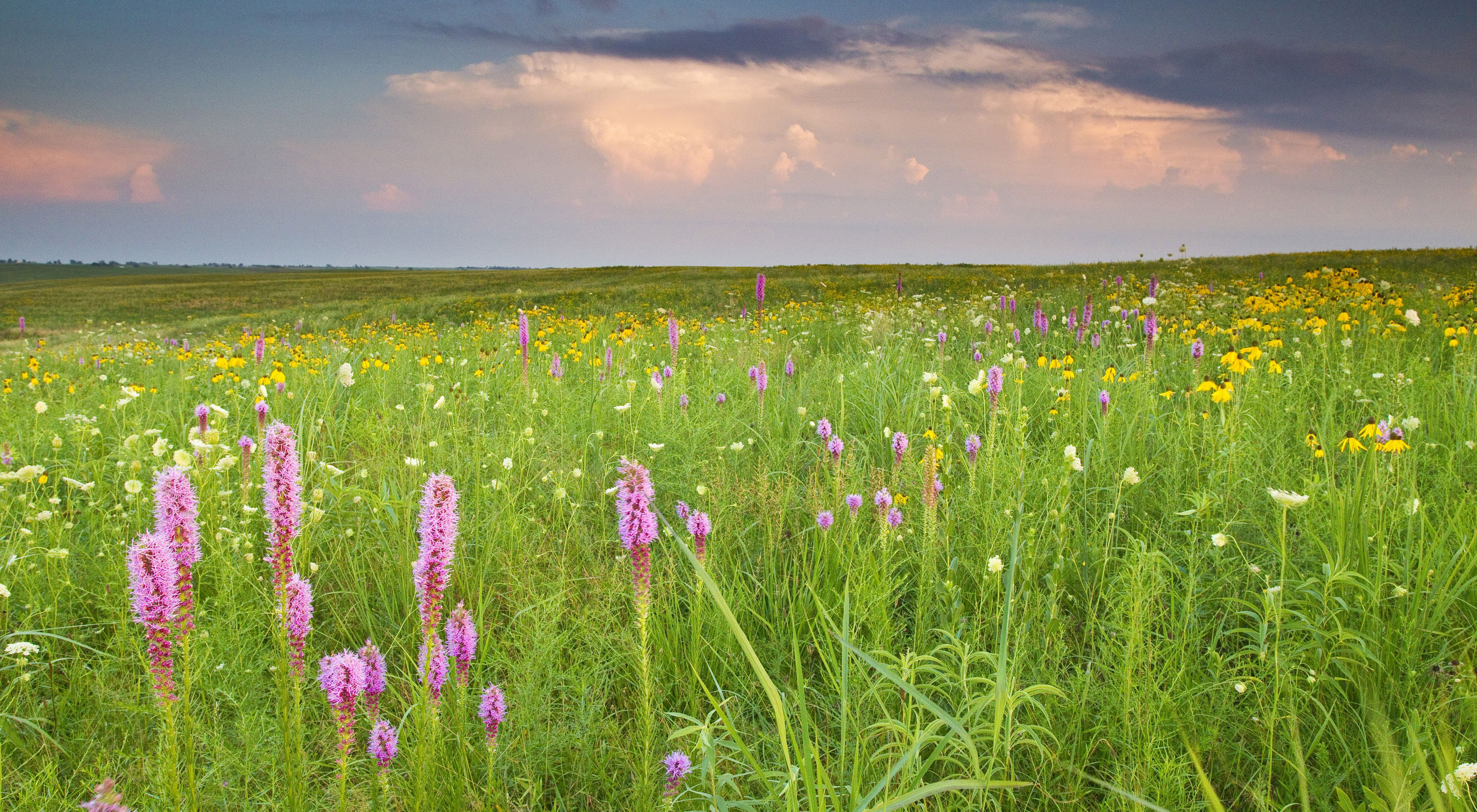
Droughts Spell Changes for Soil Microbes
Researchers found that soil drying altered metabolic pathways within soil microbial communities.

Researchers found that soil drying altered metabolic pathways within soil microbial communities.
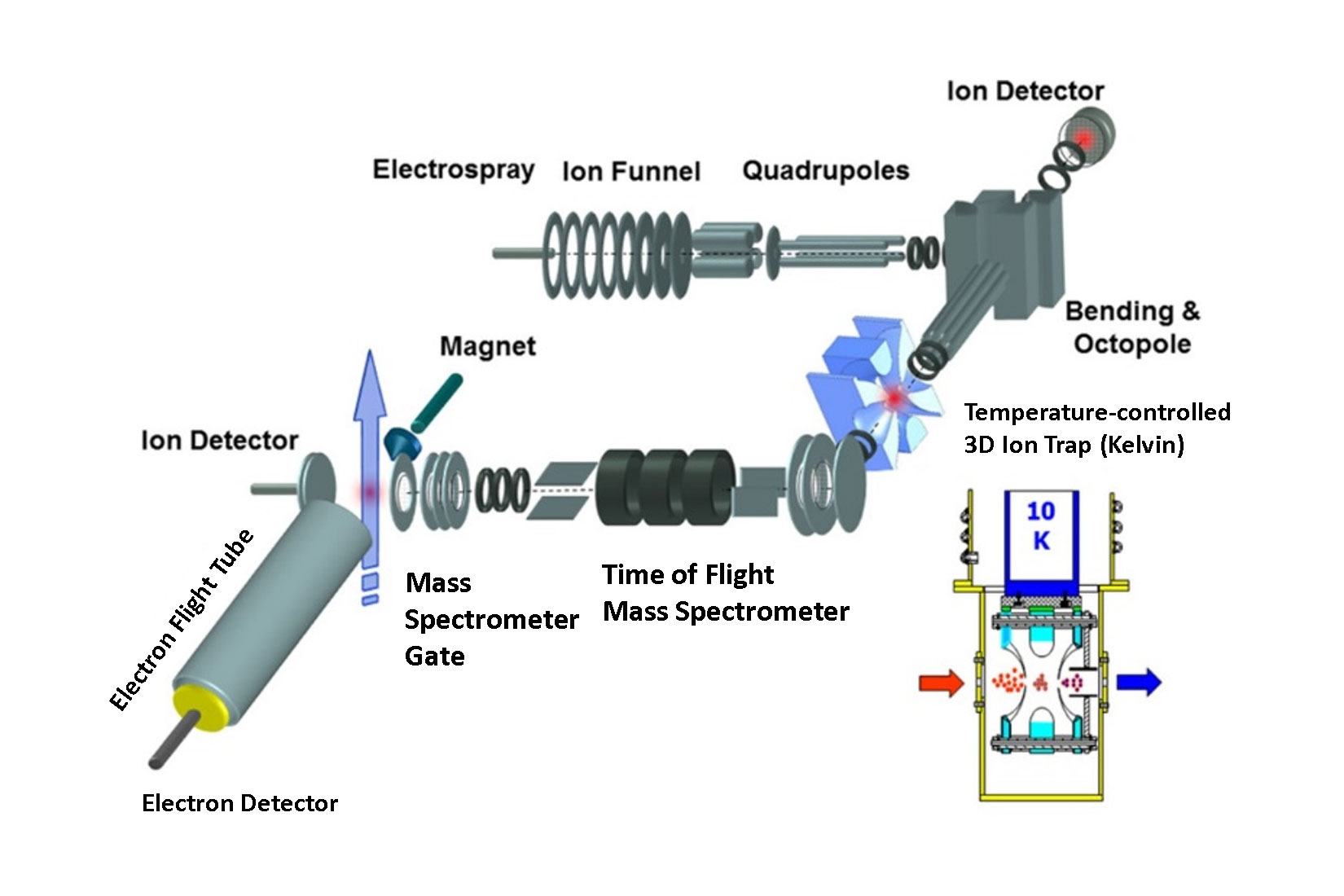
New approach to studying ions more accurately predicts behavior, providing insights for biological systems, environmental processes, and materials development.
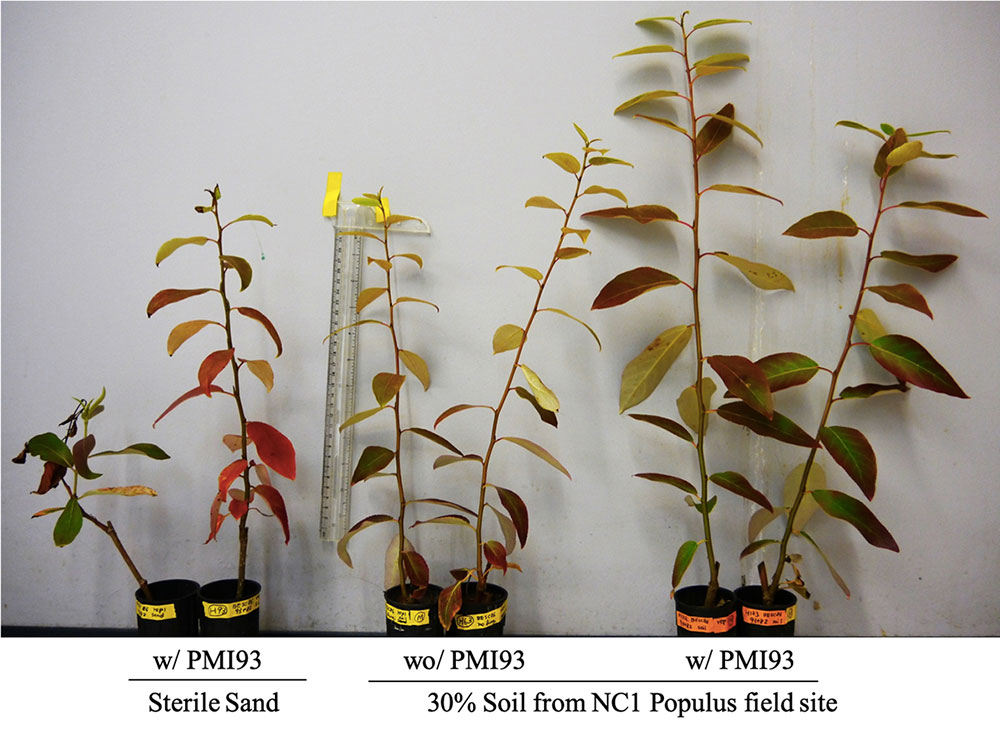
Researchers start pinning down how a fungal symbiont spurs growth of poplar, a potential biofuel feedstock.
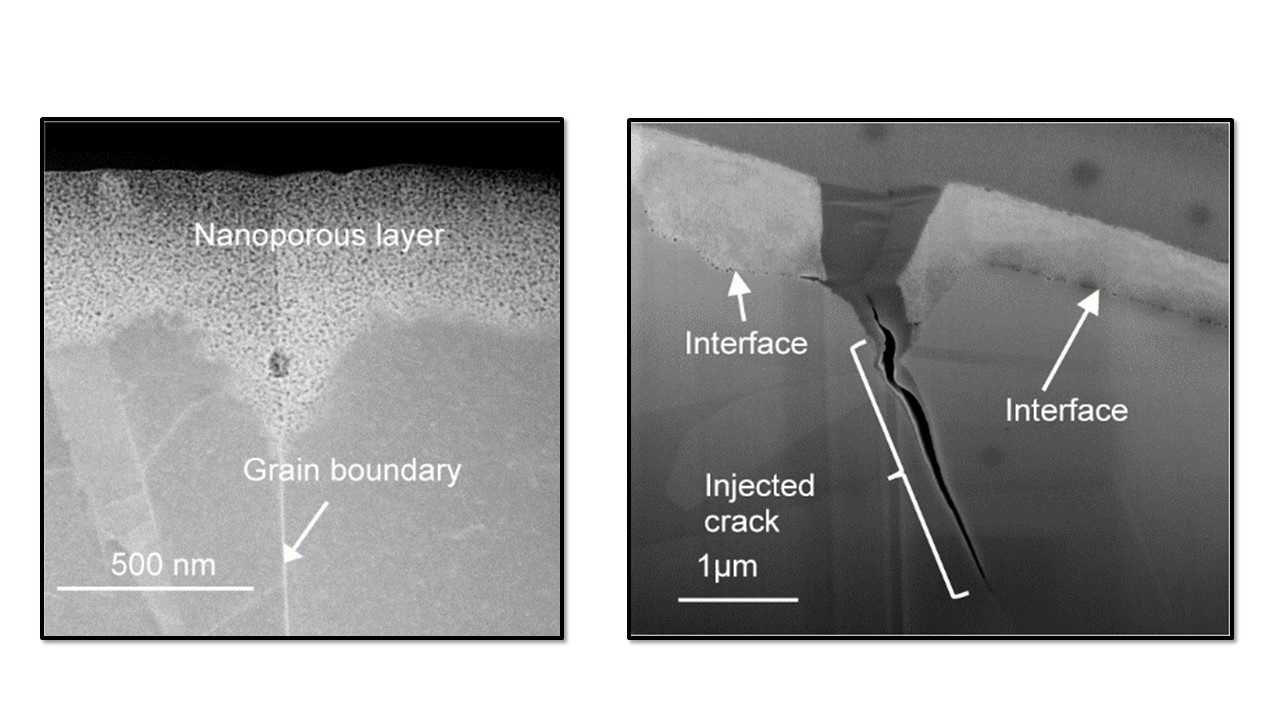
Redefining the mechanisms of stress corrosion cracking for materials in energy generation and industrial systems.
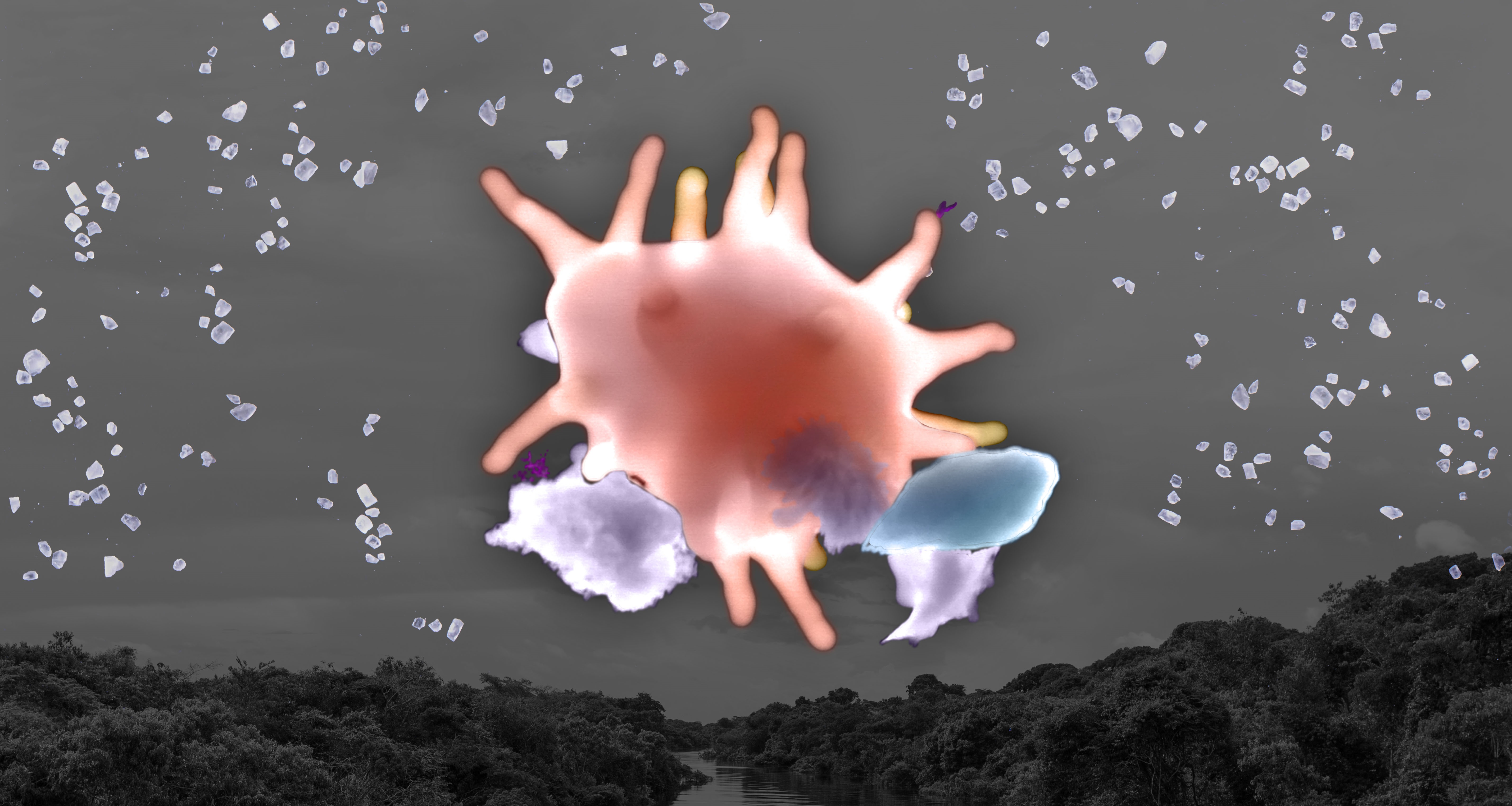
For the first time, an international team of scientists has discovered the true origin of sodium salt in pristine Amazon air.

Some cells stand firm against techniques to extract the biological material inside, while others don’t stand a chance.
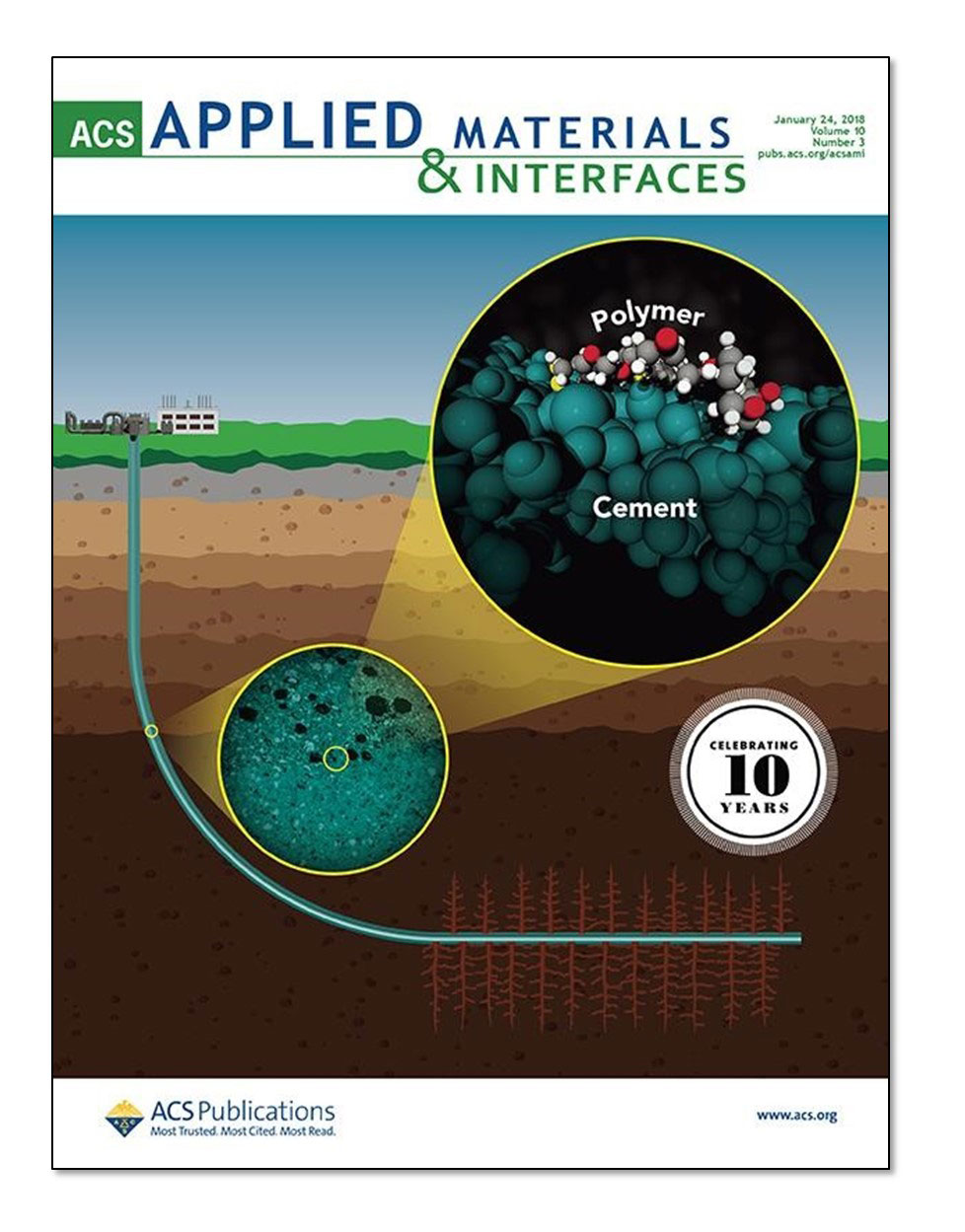
A first-of-its-kind computer simulation reveals self-healing cement for geothermal and oil and gas wells performs better than originally thought.
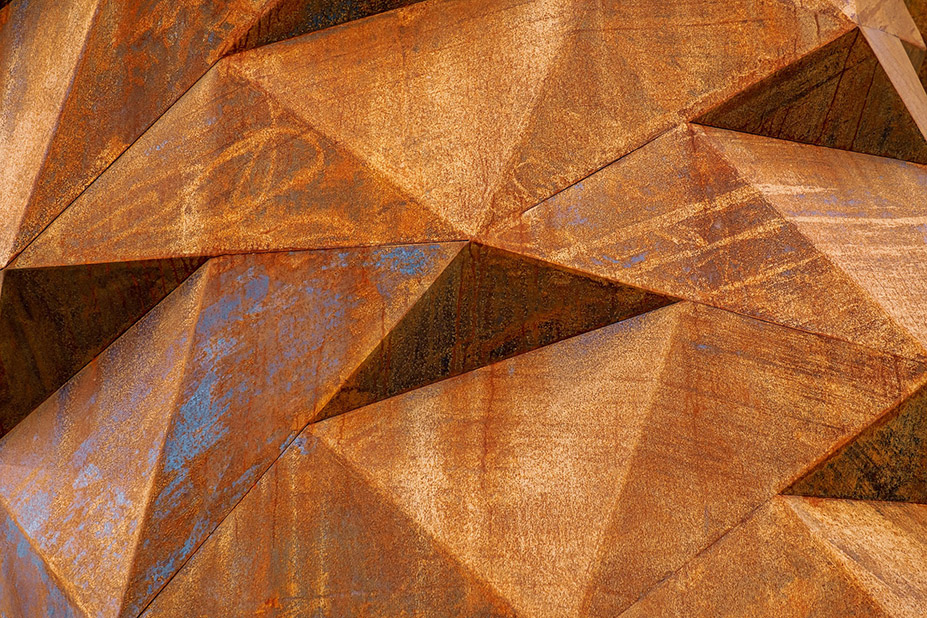
Scientists discovered how iron atoms continually re-arrange on surfaces, offering insights into metal corrosion and soil remediation.
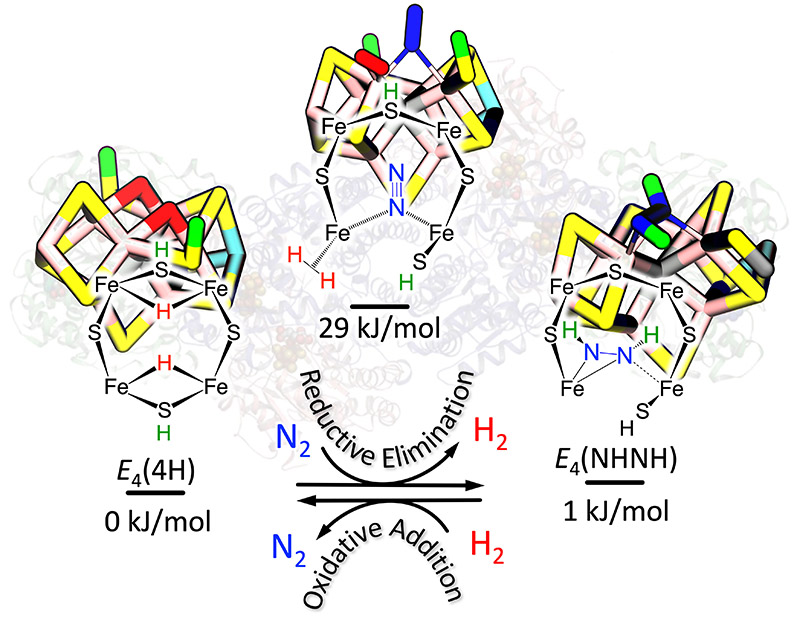
Researchers demystify how the nitrogenase enzyme breaks bonds to learn a better way to make ammonia.
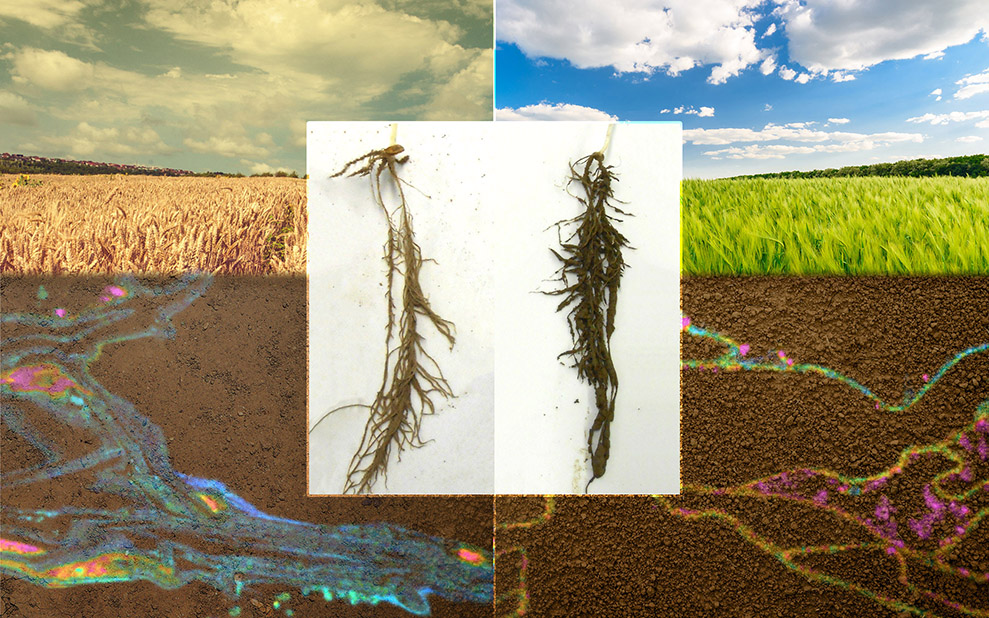
Even a single species of bacteria can positively affect soils and plants, improving and even enabling agriculture in semi-arid areas.
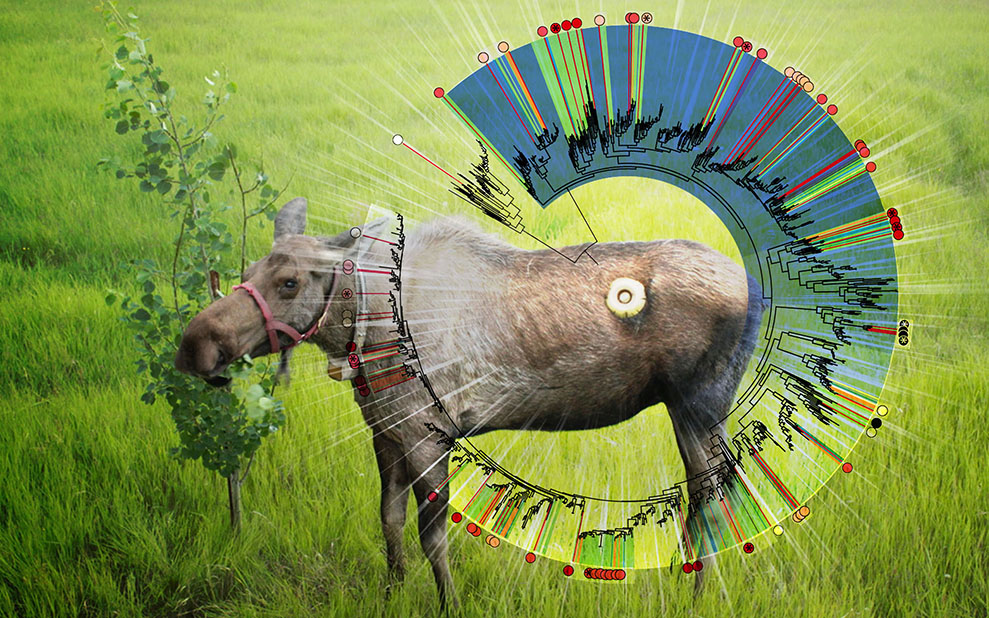
First-of-a-kind study advances understanding of microbial and viral communities involved in biomass breakdown.
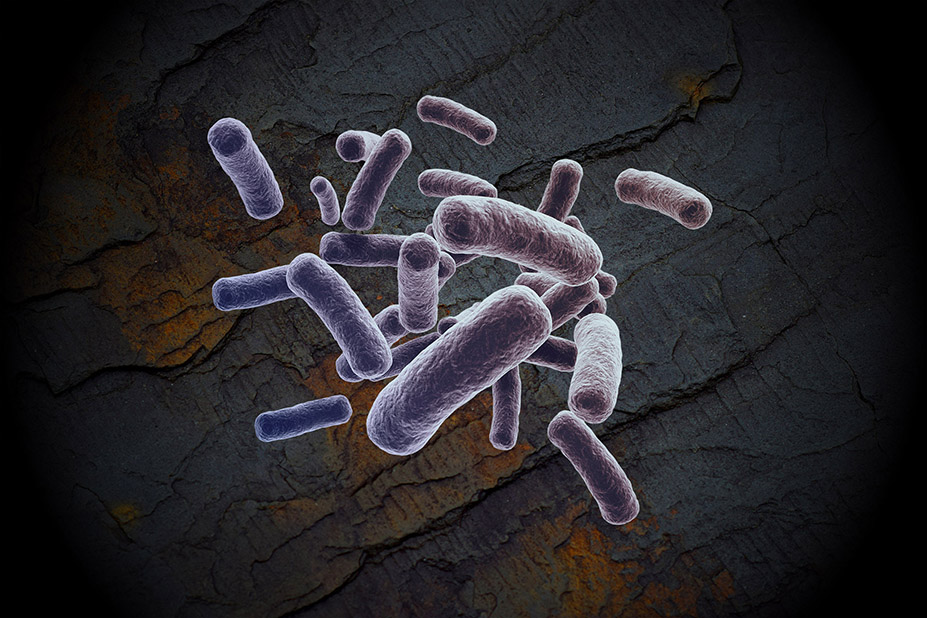
Scientists reveal the importance of an amino acid that supplies energy and protection for microbial communities deep underground.